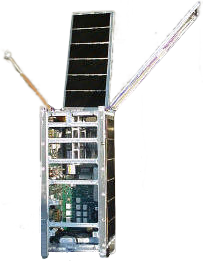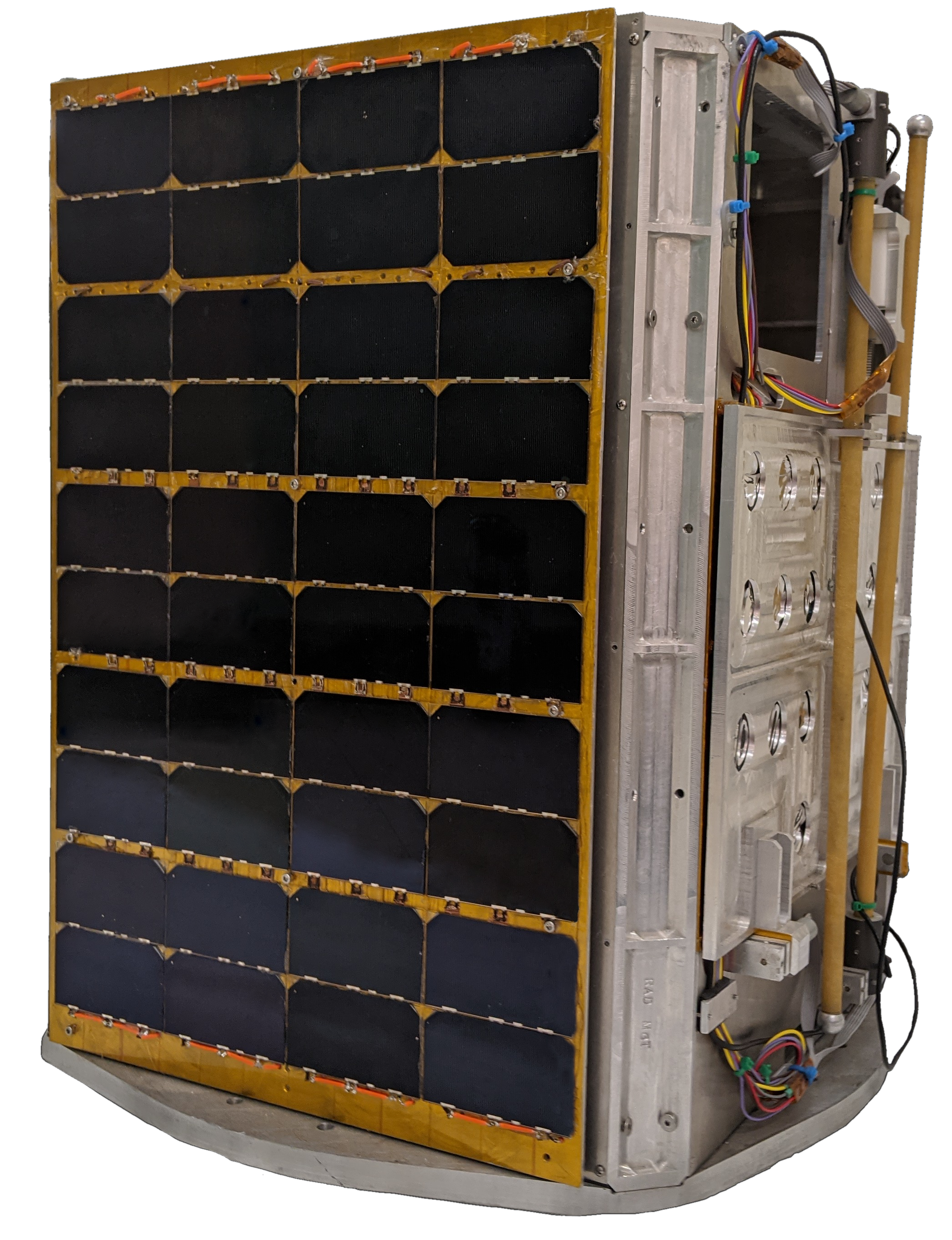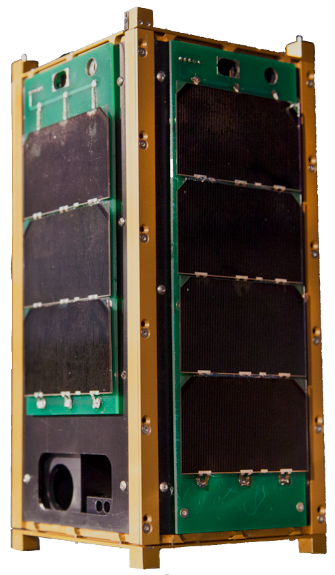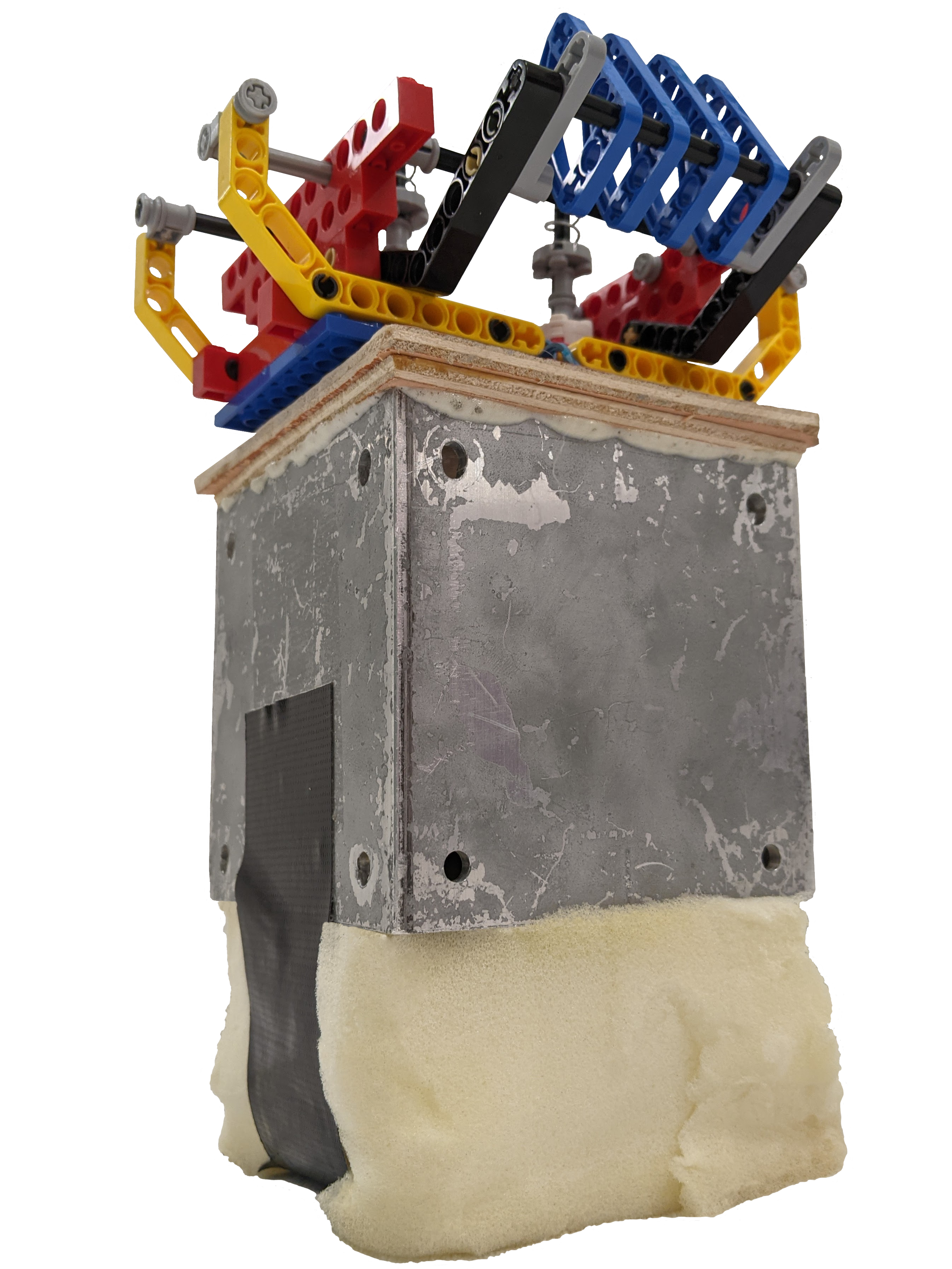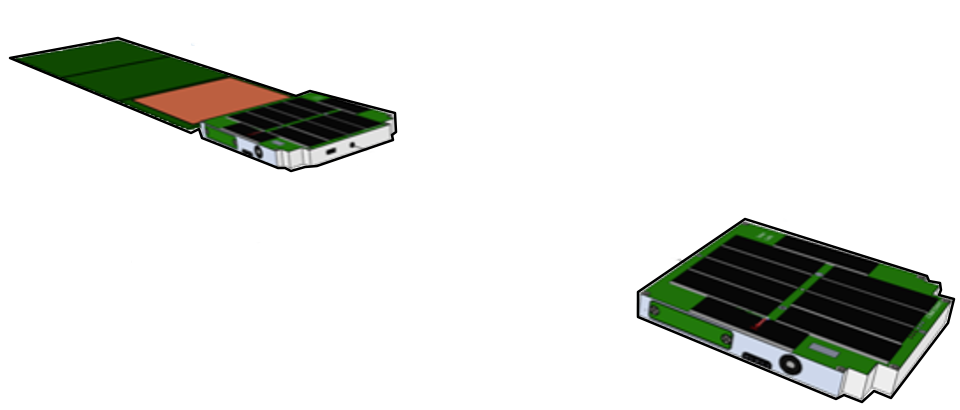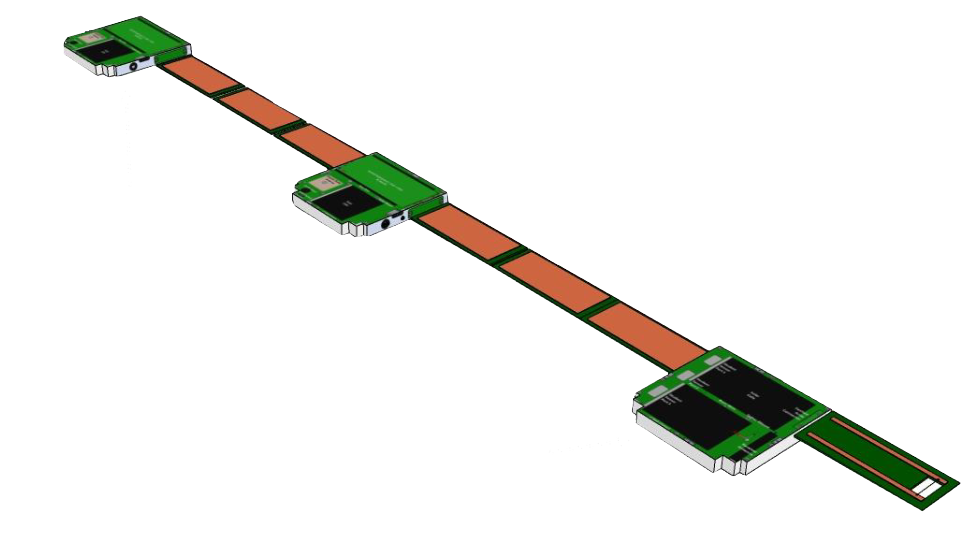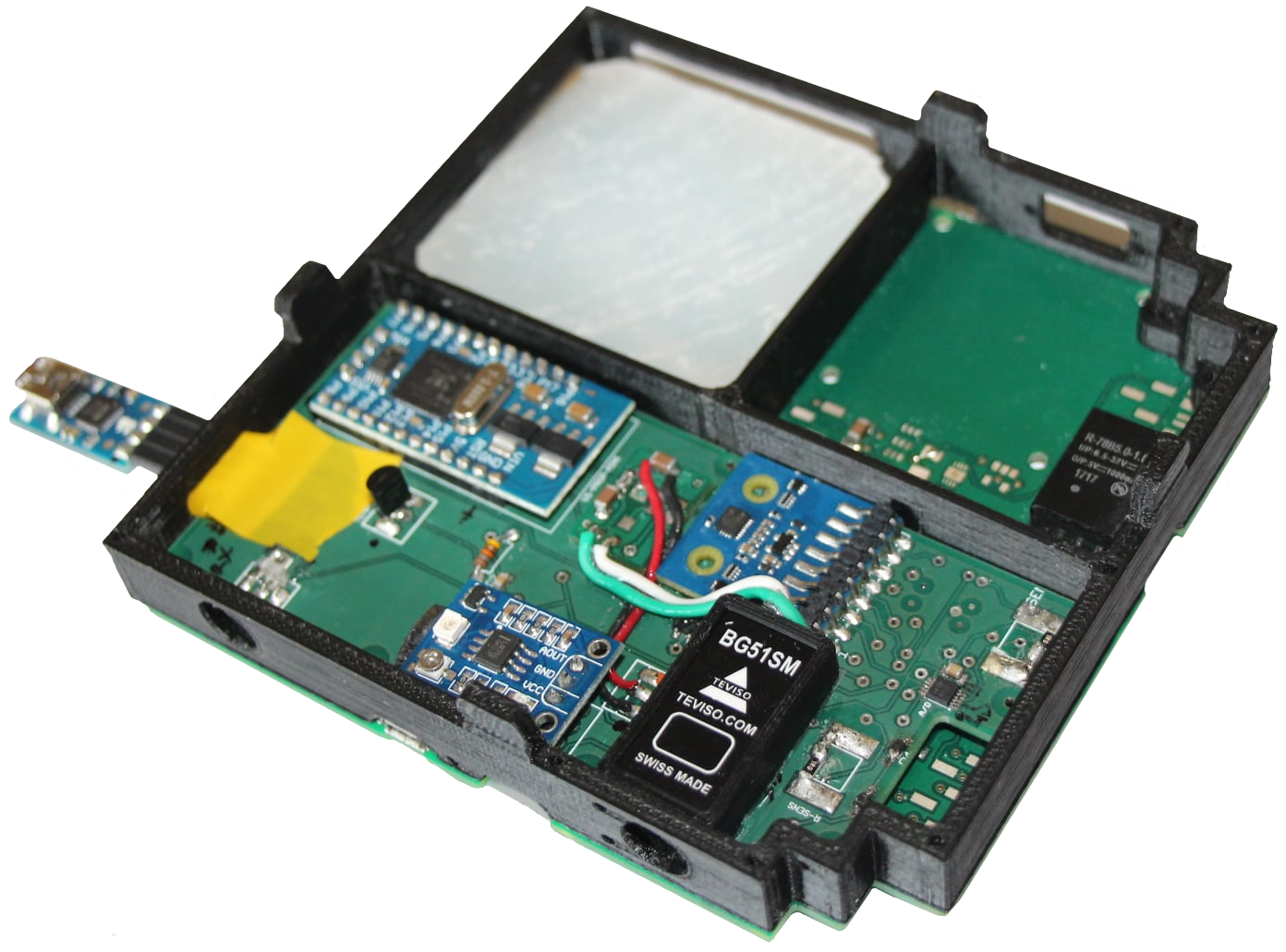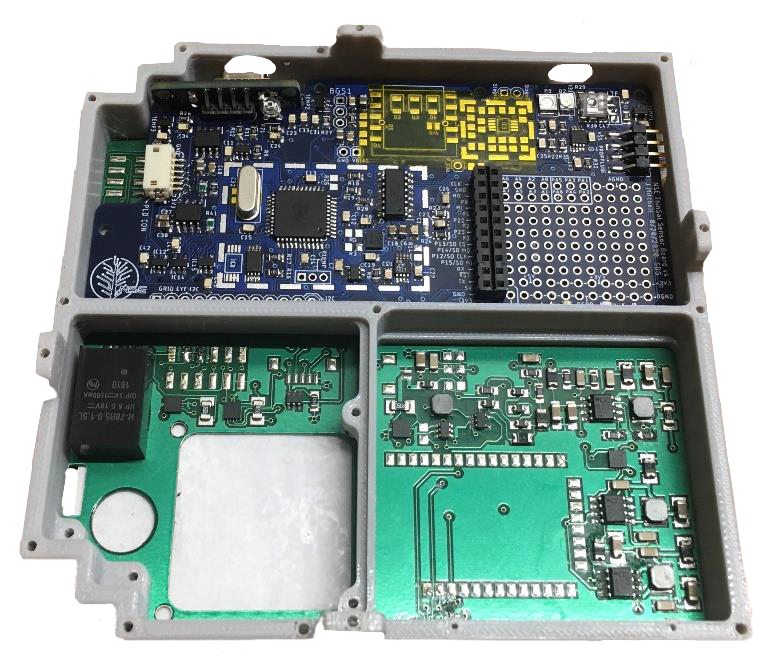Taylor Satellite and Space Program
ThinSat-D
Launched June 30, 2021
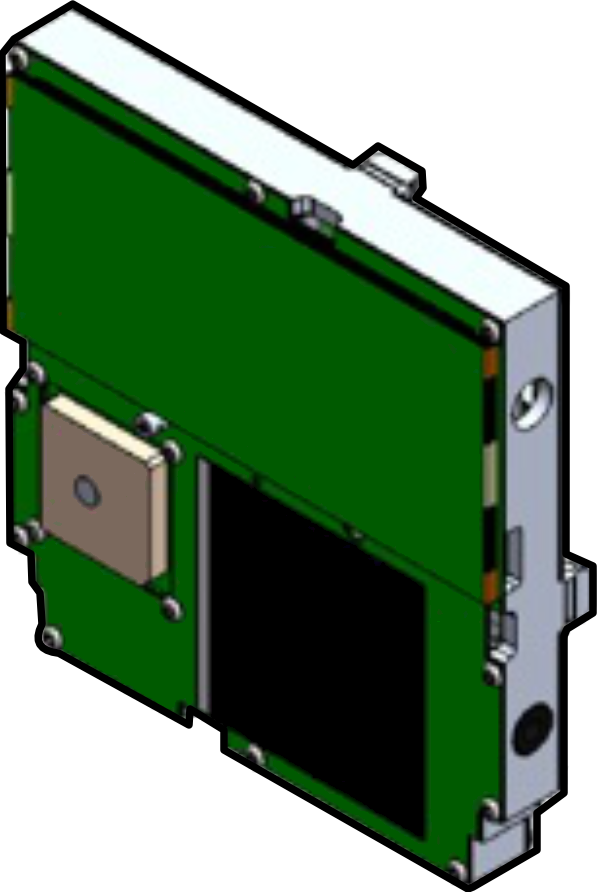
ThinSats -B and -C truly were completed within impressively short periods of time—but ThinSat-D one-upped them both and became Taylor’s fastest satellite build yet, spending only two weeks in the University’s care before
being declared space-ready!
Taylor faculty were notified in April 2021 that they had an opportunity to send yet another short-notice ThinSat into orbit, and quickly sought out Jeff Jewett (‘23), the student Project Manager from ThinSat-C, about working
on the software required for launch. The ThinSat model, provided again by NearSpace Launch, was almost identical to that of ThinSat-C, so Jewett was able to modify and reuse code from his previous projects in just two days,
with no help from other students and with minimal faculty oversight.
The hardware design and sensors of ThinSat-D were similar to those of ThinSat-C, the main difference being that a new set of launch regulations required the Grid-EYE camera to be removed. A more substantial distinction is that
ThinSat-D was launched into a higher orbit than any of Taylor’s previous ThinSats, and thus measures atmospheric factors in a higher orbital region. The molecule density in this higher altitude also means that ThinSat-D will
have a longer lifespan, and is currently projected to orbit the Earth for upwards of a year. ThinSat-D launched on Spaceflight’s Sherpa-LTE1, attached to
the second stage of the SpaceX Falcon 9 Block 5 rocket on June 30th, 2021.
Faculty mentors: Stefan Brandle, Rob Cartwright, Steve Dalcher
Read More

Click one of our satellites to learn more!

Want In?
With students from all backgrounds contributing to our satellite builds, you could be part of the next Taylor team to send your work into space! Check out our ABET-accredited Engineering and Computer Engineering majors or contact us for more info on how to get involved.
Copyright 2021 Taylor University Computer Science and Engineering
Built off of a template by Bootstrapious.


